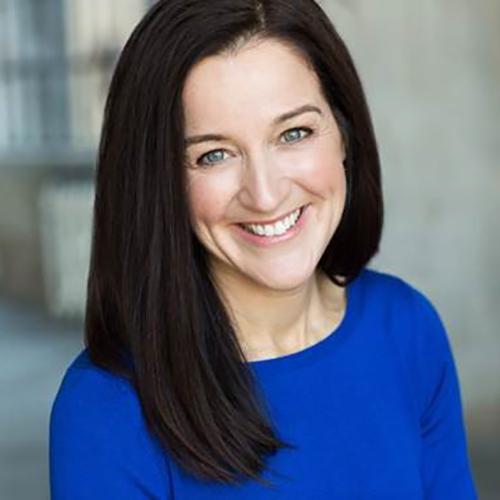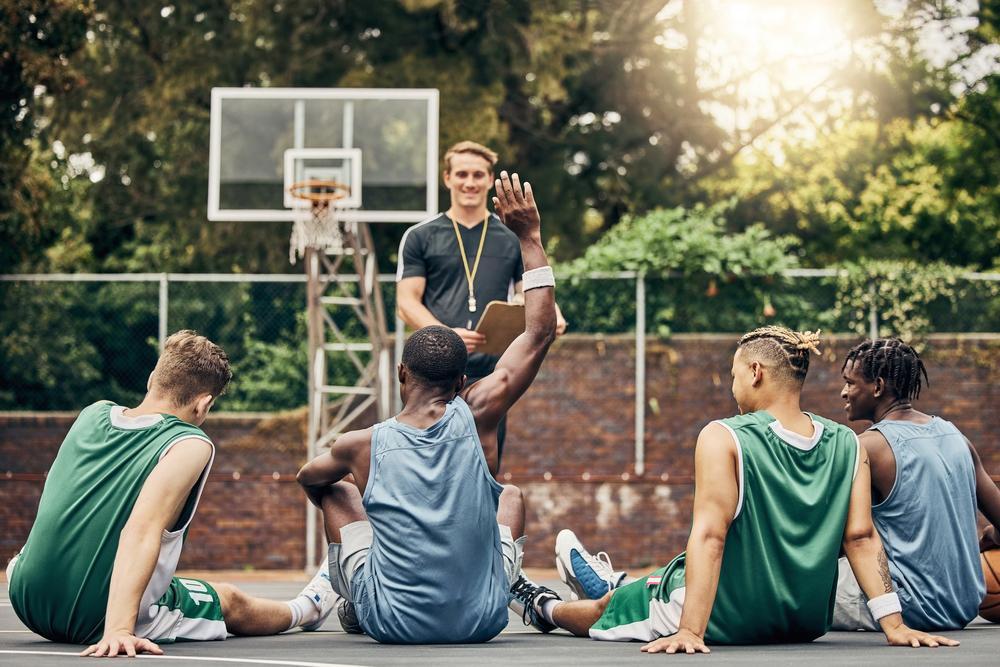 Many young athletes enjoy setting and working toward sport goals, whether it’s achieving a personal best in competition or just doing a certain number of free throws at each practice. While goals around sport performance are important, non-sport goals are equally critical to a young athlete’s well-being.
Many young athletes enjoy setting and working toward sport goals, whether it’s achieving a personal best in competition or just doing a certain number of free throws at each practice. While goals around sport performance are important, non-sport goals are equally critical to a young athlete’s well-being.
Here, TrueSport Expert Amanda Stanec, PhD, the founder and owner of MOVE + LIVE + LEARN, shares why and how parents and coaches should help athletes set non-sport-related goals, as well as other tips to help young athletes thrive.
Understand Why This Matters
“Setting goals outside of sport is important because we want young athletes to not over-identify as athletes, or put too much emphasis into a sport,” says Stanec. “This is hard to hear for some athletes and parents, but honestly, we’re all a couple of ACL tears away from not doing that particular sport anymore. Additionally, many sports end for students at the end of grade 12. And even for the vast majority of those people who do get to play sports in college, few go on to play professionally. Being able to set and achieve goals outside of sport helps athletes find balance at every stage in life.”
Before deciding on some goals, have your athlete define their version of success. And success, Stanec says, should ideally mean feeling good about our place in the world, rather than having a certain amount of money or material items, or scoring a certain number of points on the team. It’s a feeling, not a list of accomplishments.
Add Some Self-Reflection
 Stanec starts with assessing the foundation: An athlete should strive for a certain level of well-being, above and beyond simply being healthy (which she considers to be ‘the absence of disease and illness’). “Well-being goes beyond that,” she says. “It includes how one feels about their place in the world, and about their quality of life. Hopefully, sport is a piece of that, but wellness and well-being are more holistic than just sport performance. There’s physical, social, spiritual, environmental, emotional, and intellectual wellness, and all of that combines to make up our overall well-being.”
Stanec starts with assessing the foundation: An athlete should strive for a certain level of well-being, above and beyond simply being healthy (which she considers to be ‘the absence of disease and illness’). “Well-being goes beyond that,” she says. “It includes how one feels about their place in the world, and about their quality of life. Hopefully, sport is a piece of that, but wellness and well-being are more holistic than just sport performance. There’s physical, social, spiritual, environmental, emotional, and intellectual wellness, and all of that combines to make up our overall well-being.”
“Help your athlete create self-awareness, where they’re able to identify their strengths and their opportunities for growth,” she says. “For instance, an athlete might realize that they do great fueling properly for practice, but get anxious about leaving their phone unattended throughout practice. So that athlete may want to set a goal around phone use rather than nutrition, which they already have under control. Similarly, athletes should set goals that are very meaningful and personal to them, not ones that are heavily influenced by their parents or coaches.”
Some pieces of the wellness puzzle—social and physical for instance—may come from sport. But ensuring your emotional wellness or even your physical wellness beyond your sport performance are just as important. Stanec suggests that athletes take stock of where they are right now, and consider areas that could use some improvement. A full lifestyle overhaul isn’t necessary here: just consider what areas might be lacking, and those will be the areas where goals should be set.
Goal Setting is a Skill
“Goal setting is a skill that ought to be applied to everything for adolescents, from sleep hygiene to having a meaningful volunteering practice,” Stanec says. “You can use sports to help teach athletes how to goal-set, but then the goal setting should quickly move beyond the practice field.” For athletes who are reluctant to embrace any goal that isn’t sport-related, start with physical wellness goals like improving sleep quality. Because sleep is performance-enhancing for athletes, it’s a simple place to start working on non-sport goals and an easy sell for highly motivated athletes!
From there, focus on setting some goals around things like communication with other teammates, helping others on the team, and feeling more confident around practice or game day. These softer skills are important on and off the field.
“We know that goals that are too outcome-driven in sport can lead to burnout,” says Stanec. But having goals outside of sport, especially ones that are less performance focused, can actually help alleviate burnout by offering other motivations and wins. “Athletes can see themselves as interesting human beings who can do good in the world, and ultimately, that’s what we want them to get from sport.”
Prioritize Community-Oriented Goals and Team Goal Setting
Stanec is also a fan of team-based non-sport goals. “A local school near me recently shifted focus from how the teams were performing to how the communities within the teams were growing,” she says. “As we returned to school after COVID-19 closures, it was more important than ever for coaches to spend time trying to rebuild those communities, which meant the sport-specific goals were less important than helping athletes to connect with each other.”
“Cultivating a community within a team is so important for young athletes, and goal setting together is a great way to make that happen,” she adds.
Understand Benefits of Big and Small Wins
 While some athletes will thrive when focusing on big goals that are harder to achieve, some athletes need an easy win to feel motivated. Stanec recommends letting athletes ‘beta test’ two types of goals: big and small. The big goals require a lot of time and heavy lifting on the part of the athlete but have the bigger payoff. Small goals, on the other hand, can often be achieved in days or weeks with less effort. The payoff may not be as big—acing a test versus making the honor roll—but for some athletes, these tiny wins can push through inertia and make it easier to eventually get to the bigger goal.
While some athletes will thrive when focusing on big goals that are harder to achieve, some athletes need an easy win to feel motivated. Stanec recommends letting athletes ‘beta test’ two types of goals: big and small. The big goals require a lot of time and heavy lifting on the part of the athlete but have the bigger payoff. Small goals, on the other hand, can often be achieved in days or weeks with less effort. The payoff may not be as big—acing a test versus making the honor roll—but for some athletes, these tiny wins can push through inertia and make it easier to eventually get to the bigger goal.
__________________________
Takeaway
Athletes often embrace setting sport goals but setting goals outside of sport helps ensure the overall well-being of the whole person. Parents and coaches can help athletes think beyond sport and find an identity outside of athletics.



